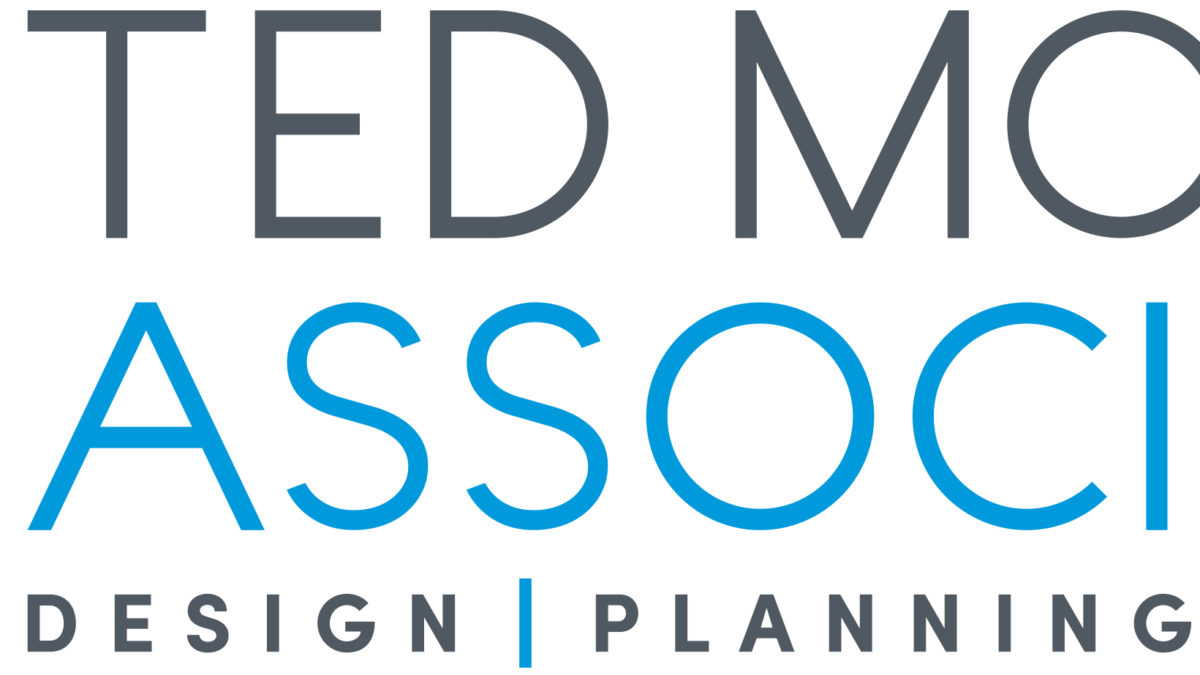

On furniture:
- 2016 was a big year for furniture, in terms of design, placement and function. We saw an elevated use of residential and more non-traditional furniture in the workplace, as more decision makers and designers seek to create a more “homier,” more comfortable work environment. After all, it is where we spend most of our time! Furniture manufacturers have had to react to this need and have begun to expand their product offerings to include more residential-style pieces for commercial use. Nearly 50% of workspaces today use non-traditional desking, so a huge part of sales is going to ancillary furniture. Additionally, we will see more staging and curating of spaces, i.e. stacks of coffee table books, alternative wall art choices, end-table lamps, etc. These items complete a space and add to the overall experience.
- Overall, there is a continued blurring between home, hospitality and work. It’s no longer work and life –it’s just life. The importance of place is paramount and sense of comfort is key, I see environments that employees want to settle into and enjoy, spaces that support the different activities and aid in decision making and speed to market.
- Technology is constantly evolving, and many of our clients across all disciplines rely on us to find ways to incorporate a variety of technology into the furniture and workspaces. Furniture is becoming more and more important in the success of spaces today and a big part of the creative design process – not just shape and function and aesthetic, but also the technology integration. It makes a designer rethink their process. It’s greatly affecting the nature of design, furniture, and space allocation. For example, offices that have switched over to free address can now deploy technology throughout the space so each employee can access their desktop from anywhere in the room. Apps are also being created that enable the user to be work more effectively as well as provide data to track efficiency of space, i.e. Room reservation systems, situational awareness / GPC tracker, environmental controls…
Design trends:
We’ve completed a number of new office spaces that feature exposed ceilings and/or concrete floors, very sleek, minimalist spaces that are enhanced with placement of texture and furniture. Matte black has made appearances in finishes, frames, fixtures, etc. We saw a strong contrast brought to spaces, especially with regard to office. However, I do believe framing will go softer and be less jarring in color and contrast in 2017. Tones will give off a greater sense of warmth, such as softer bronzes and less machined aluminum tones. “Invisible white” framing will also become a leader of choice.
- Regarding color, there will be a shift to tones that run slightly greyer in undertone and not so sharp and severe. As times change, people are looking for something a bit softer and quieter, more comforting. There is also a continued movement toward the emphasis of varying textures in the work environment, as a response to the slickness of technology. Everything the client touches will now have a softer feel, a more human feel moving away from the machined world. In a way, it’s like the Arts & Crafts movement was to the Industrial Revolution.
- In 2016, we also saw a demand for spaces that reference “Refined Rustic.” It’s not just barn wood thrown up on the walls which we saw a lot of; detailing is clean and crisp with the textures of rustic materials bringing a sense of warmth and comfort. Less is definitely more in this case, too much is not a good thing.
- We’ve also seen a reference to the past. Mid-century was extremely prevalent throughout spaces during 2016, but in the new year, we expect a shift to a more “mod” look, somewhat 1970’s in feel, especially with regard to furniture.
Clients are also requesting design ideas that are completely unique to their own spaces, which are brought to life by texture, color and furniture. This includes the increased use of graphics throughout the workspace. Infusing color and branding in an office space is of growing importance to the client.
Overall layout:
There is an increased acceptance of non-dedicated or shared amenity space, and a reduction in personal space. While this more open floor plan concept and the “Google-ization” of the workplace was originally balked at, the process of change management and focus on creating the correct space for each client has allowed us to develop a new model. The office enclosed workspace is not going away, the need for both open, closed, private, non-private will always be required and needs to be customized to each client. New advances in acoustical solutions, furniture and technology help support this.
